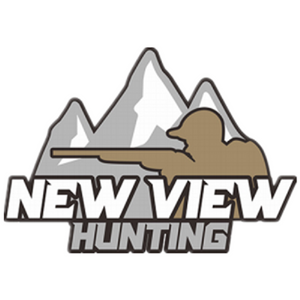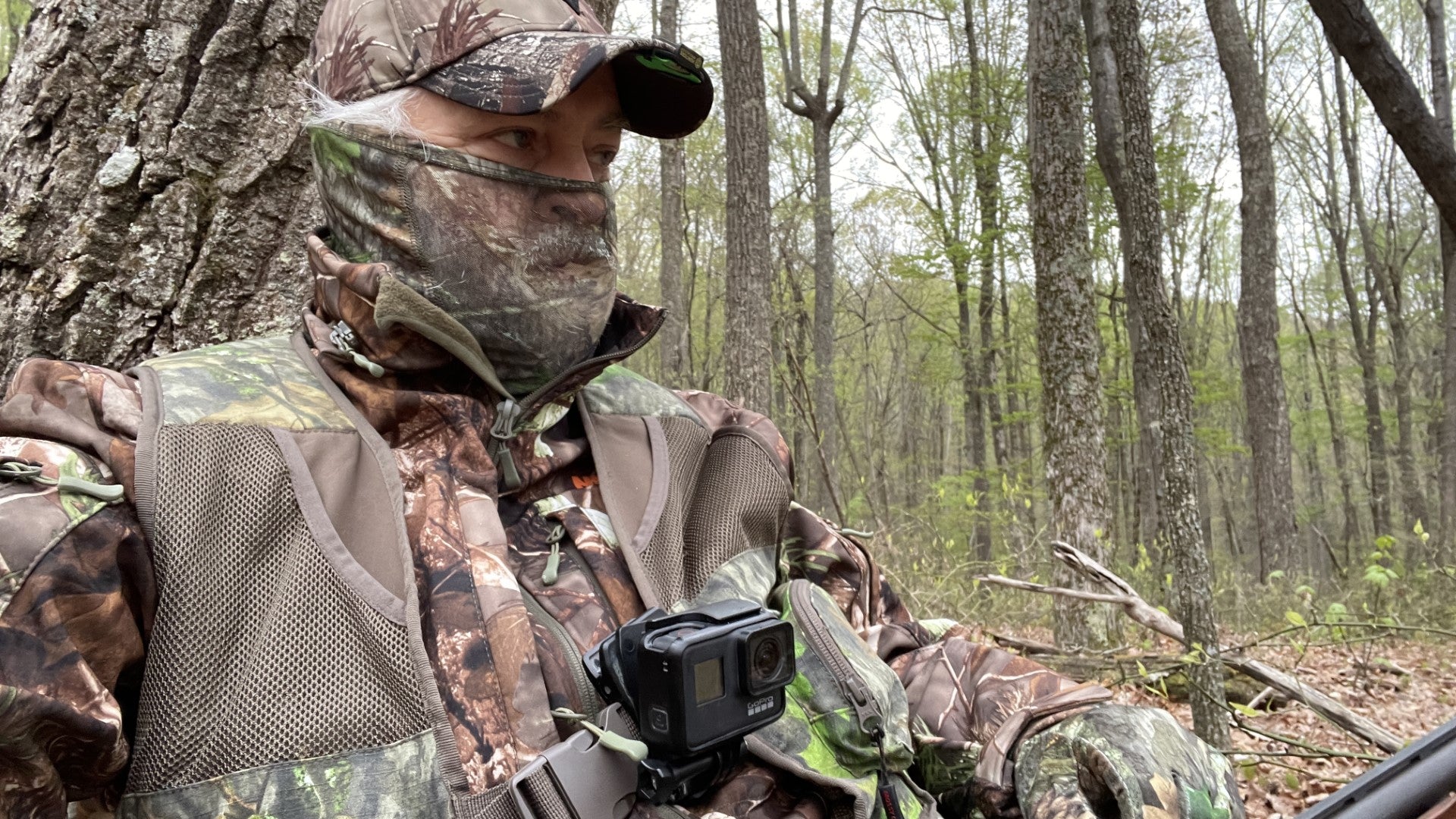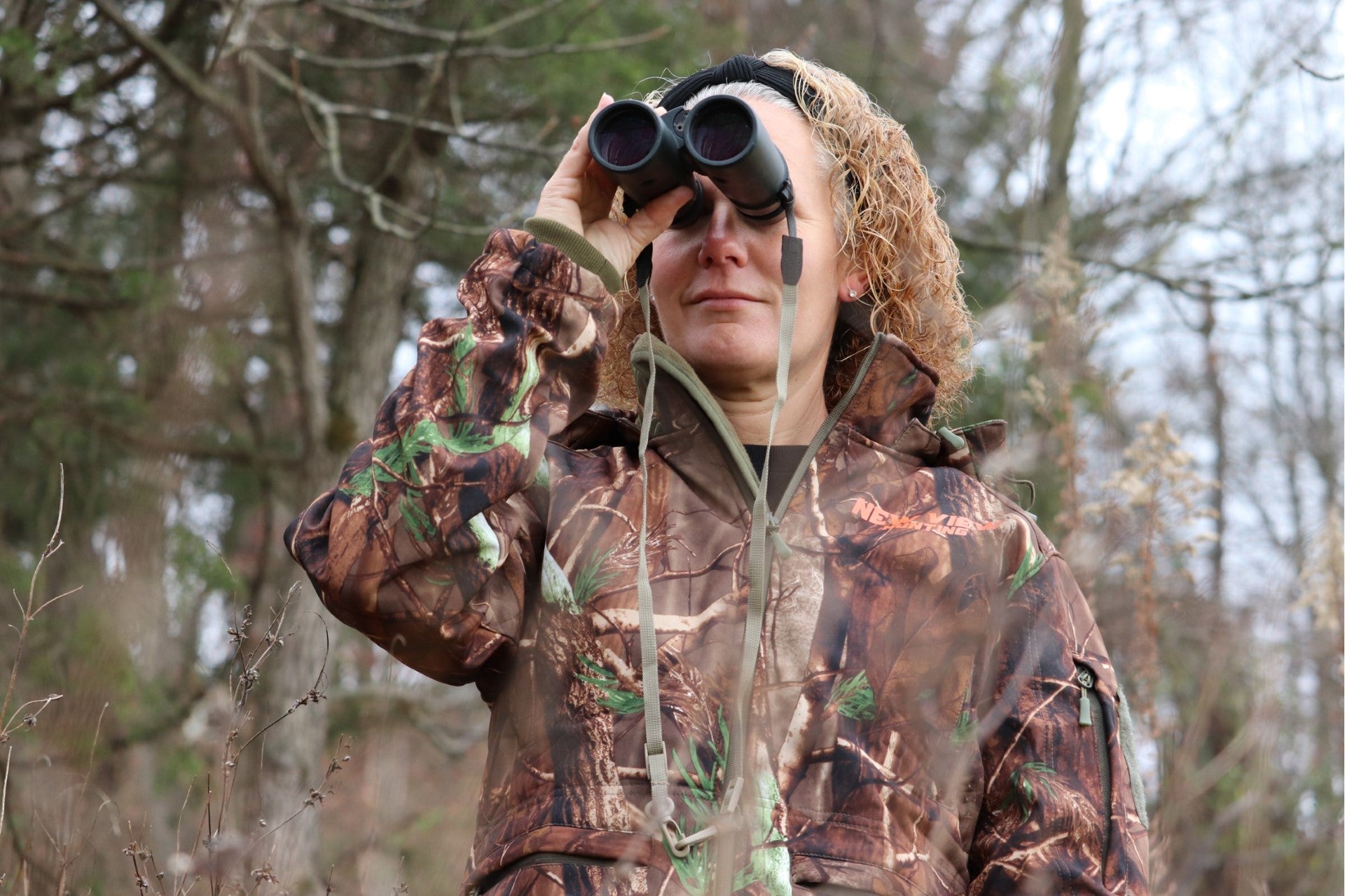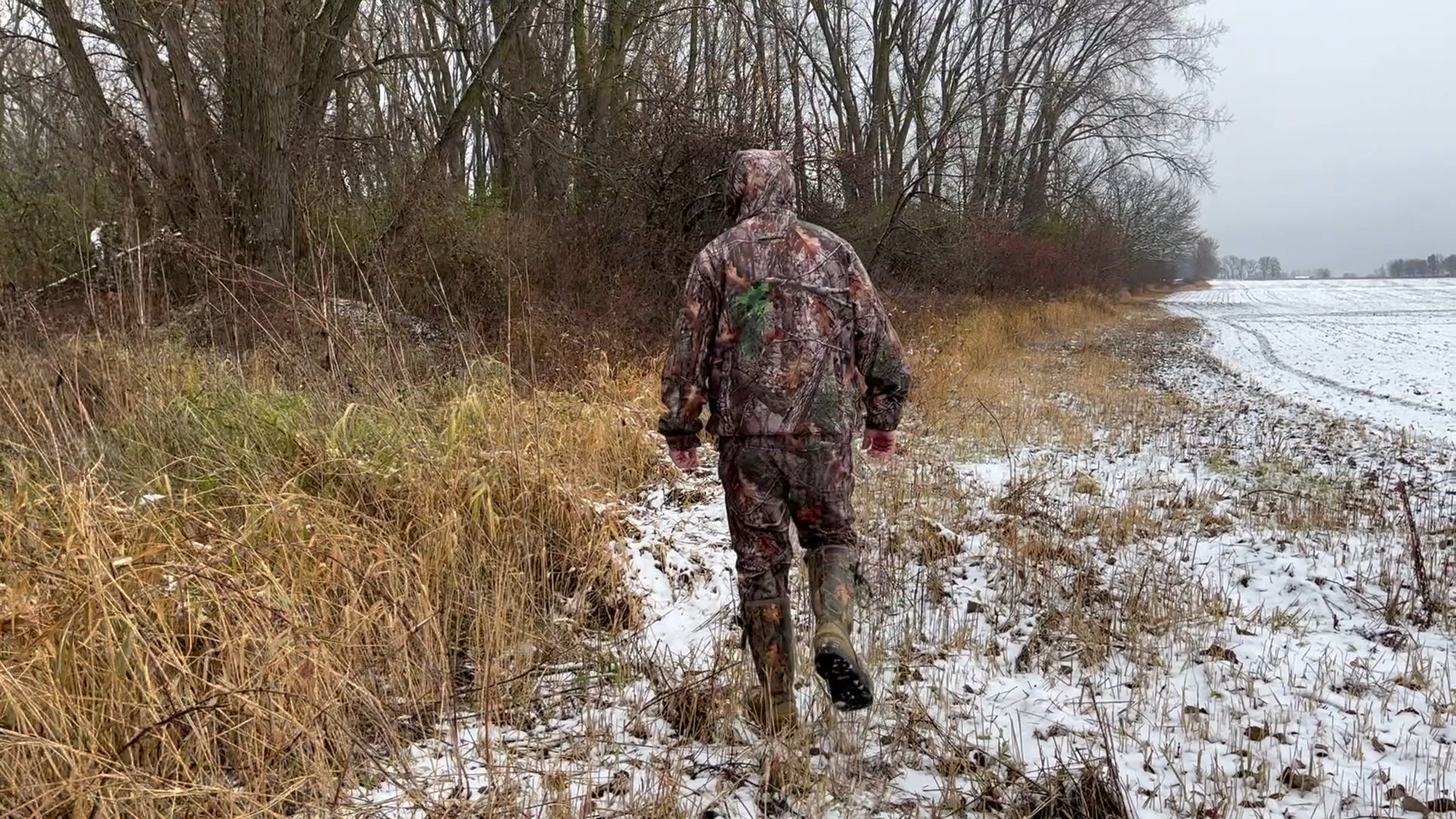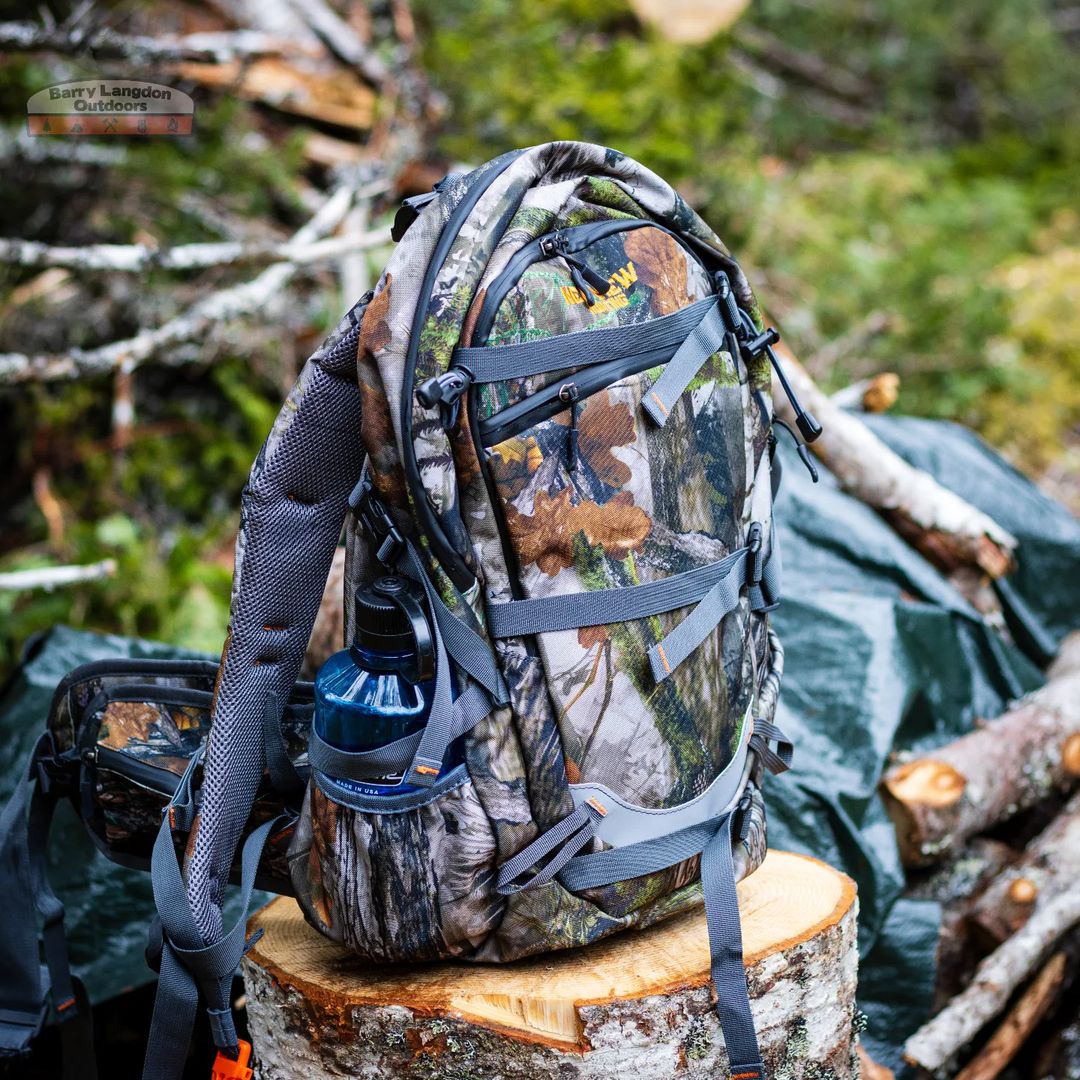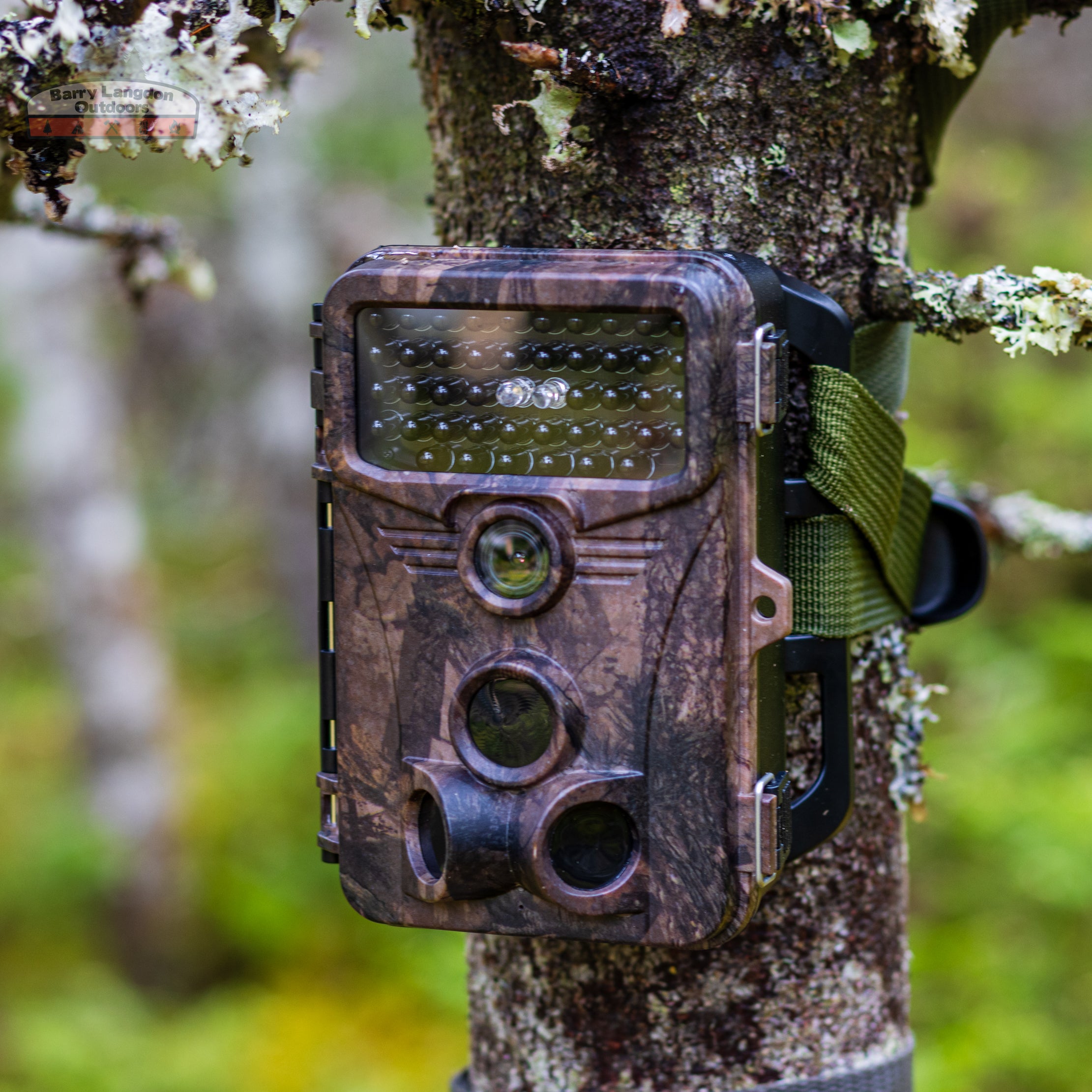5 Tips For Teen Hunters To Start Bow Hunting-Brent Graham
1. Getting into bow hunting as a teen or an adult can be intimidating, there are so many things to buy, tactics to learn, and rules to follow. This article breaks down some starting points for new bow hunters to focus on to help simplify the process. The first tip for new teen hunters is to get the necessary equipment, because without the essentials a new hunter can find themselves struggling to put everything together for a successful bow hunt. When it comes to equipment the market is flooded with good budget options for bows and all accessories needed. This wasn’t the case when I was growing up as a kid, my first actual hunting bow was a 30 year old High Country compound bow. Looking back that bow was out of tune for sure and was not setup for me, but as a kid I was just focused on having fun shooting with my friends and taking it to the woods for a hunt. Despite the tuning issues I knew I could kill a deer with it at 20 or 30 yards easily. My suggestion for a bow is to purchase a good reputable brand bow if you have the money to do so, brands such as Bear, PSE, Diamond, all offer good quality beginner bows and bow packages. I would strongly suggest getting a bow package that has a rest, sight, and quiver, this makes it easier to focus on just getting out there rather than focusing on purchasing a bunch of gear. The next part of the equation is to ensure your bow is properly tuned and setup to fit you like a glove. Shooting a bow consistently and accurately requires you to feel comfortable with the bow and having it match your draw length and draw weight perfectly. The next focus of equipment needs to be your arrow setup. Without a good arrow setup, you will not be accurate, and this could pose an issue with ethically harvesting an animal. A good arrow setup consists of a high quality carbon arrow that has a spine that matches your bow. There are many charts that define the breakdown but essentially if you pick a carbon arrow that has a stiff spine of 350 and below you will be good for any bow poundage up to 70 lbs. Reputable arrow manufactures are Carbon Express, Gold Tip, and Easton, there are many out there but don’t skimp on getting a good arrow, this is what is connecting you to harvesting the animal ethically and quickly. Next, is a broadhead, broadhead selection is very debatable but if you are brand new to hunting, I would strongly suggest fixed blade broadheads. The fixed blade with have typically 3 blades that will do the cutting and they are always deployed so you don’t have to worry about a blade failing like mechanical broadheads are known to do. Good reputable broadhead companies are Muzzy, G5, NAP, and more but don’t just go with the cheapest broadhead on Amazon.com because they could fail.
Along with getting an affordable but good performing bow equipment, you need some type of tree stand or saddle setup. In my experience as a new hunter, it is better to be elevated above a deer because there is more leniency for error, such as being seen by the deer or winded and getting by with it. Deer have really good eyesight so being able to get at least 15 to 20 feet into a tree gives you a higher chance to get out of the animal’s peripheral vision so they can’t pick you off with just the slightest movement, like they can if you are hunting from the ground. I started out in a budget climbing stand that I bought for under $100, and this allowed me to get into a tree and it didn’t break the bank at the same time. If you go for a saddle setup these are the most expensive but more than likely be the best option due to the portability and mobile setup. The saddle allows the hunter almost endless height in a tree and with 270 degree shooting capabilities or more. At the end of the day getting elevated in a tree will give you better chances of getting a deer and being successful as a new bow hunter.
2. With equipment aside, a new bow hunter needs to start focusing on practicing. A hunter needs to be able to make a good shot when the time comes so practicing is a must. As a kid and teenager, I would practice bow all summer long. When out of school for the summer me and my friends would hang out and shoot bow all summer long and even having challenges amongst ourselves. The point of the matter is that you must invest time into ensuring you can put that arrow where it needs to be on that animal when the time comes. While practicing, a common mistake is not practicing from an elevated position, the distances change, and the trajectory of the arrow is different from an elevated position. If you plan to hunt from a tree stand, please keep that in mind, it will save you from missing your target animal when that time comes. Practice, practice, practice!
3. The next puzzle piece we need to establish for an all-around successful hunt is scent control. Scent control is a subject that many hunters are unaware of or unaware of just how critical this step is. I have known people that say they never see deer in the woods, but they tell me about their habits when hunting and they will be doing tobacco, eating snacks, or their hunting clothes will smell like cigarettes. All of these are big issues when trying to see deer. The whitetail deer has an amazing sense of smell, and they can even smell the thermals in the air which can carry your human scents through the air. Scent control could possibly be the most critical part of your entire hunt. I have literally walked up to less than 15 yards from a deer before without them knowing I was there, but many factors played into this, such as the leaves were wet from a recent rain, placing objects between me and the deer, and most of all I was downwind from the animal. When picking any place or spot to sit and hunt the wind direction needs to be the one thing you are taking into consideration. Ideally you always want the wind blowing right at you so (in your face). This will ensure the deer is not downwind from you. Also, when it comes to scent on your clothes, please do not wash your hunting clothes with normal detergent. First of all, normal detergents have brighteners which can give a highlighter brightness effect to your clothes which will defeat the purpose of camo, and secondly a deer will smell it. I usually only wash my hunting clothes if it is early season and I have been sweating in them or if they get muddy. But when washing them I will get a scent free detergent without brighteners, and I will let the clothes hang outside for a few days before I will even take them hunting again. Another good rule of thumb is to keep your hunting clothes in a sealed container or bag, and keep them away from household scents such as cleaners, perfumes, etc. Please take note and be aware of your scent, and don’t make this common mistake that many hunters make.
4. I would be doing an injustice to new hunters if I didn’t mention learning to use different calling methods. Learning to call is critical for bowhunters to get the animals into shooting range. Calling is one of many favorite things to do when hunting because I have found it to be so effective, and there is nothing like seeing a big buck all bulled up marching in to check out who is on his turf. There are many good teaching videos out there on different calling methods, but a simple grunt call and a set of rattling horns can work miracles for bring in a buck into range for the smackdown.
5. Lastly, if you want to stick with bow hunting for the long-term or even to start out on the right foot you have to have fun with it. Along with bowhunting giving someone a primitive challenge and an adrenaline rush, there also has to be a fun factor. As a new hunter, seek out opportunities to get involved with other bow hunters to pick up on tips and learn from others within this great community. There are so many opportunities to have fun with this sport and to keep it interesting for the long run. I have recently got into shooting bow at long distances like 100 yards, which has been extremely fun and challenging at the same time. If you look into total archery challenge, this is a type of sport that applies hunting strategies and sometime long distance shooting into a fun point based challenge. Whatever you do along your bow hunting journey remember to have fun, challenge yourself, and be the best hunter you can be!
Author: Brent Graham
Quick Bio: My name is Brent Graham I grew up in the boarder of Tennessee and Virginia right in the Appalachian mountains. I was raised in a family of hunters and from a very young age I fell in love with the lifestyle and passion of whitetail deer hunting. With deer hunting it was a thrill and challenge especially when it came to archery hunting. I found that rifle hunting just didn’t fulfill the chase as good as when placing an arrow in the right spot on a deer with a bow did. After graduating high school I decided to join the United States Air Force in which I have been active duty since 2011. The love for hunting never went away even with the long deployments I still found time to hunt when I could. My second duty station was in Missouri and let me tell you the bucks there were huge, we’re talking corn fed, agriculture field raised monsters. There in Missouri is where I took my now bow hunting to the next level. My passion for hunting is still at its peak and I look forward to helping others get into the hunting community.
Experience bow hunting: 24 years
Visit his YouTube channel:
Blue Collar Outdoors - YouTube

-------------------------------------------------------------------------------------------------------------
5 Tips For Teen Hunters-Adam Sacca
1.) Find a mentor. I can't stress the advantages of having a hunter with experience to lean on. While hunting is fun there are many challenges that go along with it and having another hunter with experience to lean on for advice is extremely important. Shot placement, shot angles, tracking, tree stand placement, wind direction so many factors go into be a successful deer hunter.
2.) Practice, Practice, Practice. I have been bow hunting for over 20 years and to this day my goal is to shoot at least three hundred arrows between seasons. I usually start off in spring and ramp it up shooting more arrows as it gets closer to fall and closer to the start of deer season. It's good to even shoot a few during the season just to stay sharp. Don't forget to shoot your broadheads and see how they react you will most likely have to tune your arrows to get them to shoot at maximum efficiency.
3.) Don't be picky. When you first start bow hunting your first few years you should shoot any deer you have a chance at. Nothing will set you up for more success on a mature buck at a later time then harvesting a few deer with your bow early on into your hunting career. It's real life practice and it will make you more of a successful bow hunter long-term. I was too picky early on and missed a few good bucks later because I didn't build that experience when I was younger.
4.) Know your equipment. Your bow has limits usually when starting out teens aren't shooting high poundage bows it's going to limit the distance you can shoot. Personally I don't like to shoot past 30 yards and I am shooting a Matthews with a 70lb draw weight. In my opinion the deer can react to fast and outside of 30 yards I have seen deer react to many different ways that a hunter just can't predict. I would recommend for a teen to limit themselves to 20 yards.
5.) Enjoy the experience. While the goal is to harvest a deer so much more can be taken out of it. The chase, the solitude, enjoy God's creation don't let not harvesting a deer ruin the experience. The season can be a grind some years but staying focused and just enjoying the whole experience of bow hunting will help you enjoy your time in the woods. Hopefully you can surround yourself with some good friends or family to share the experience with nothing will beat the comrodery of hunting.
Author: Adam Sacca (Sacca OutDoors)
Visit his YouTube channel:

